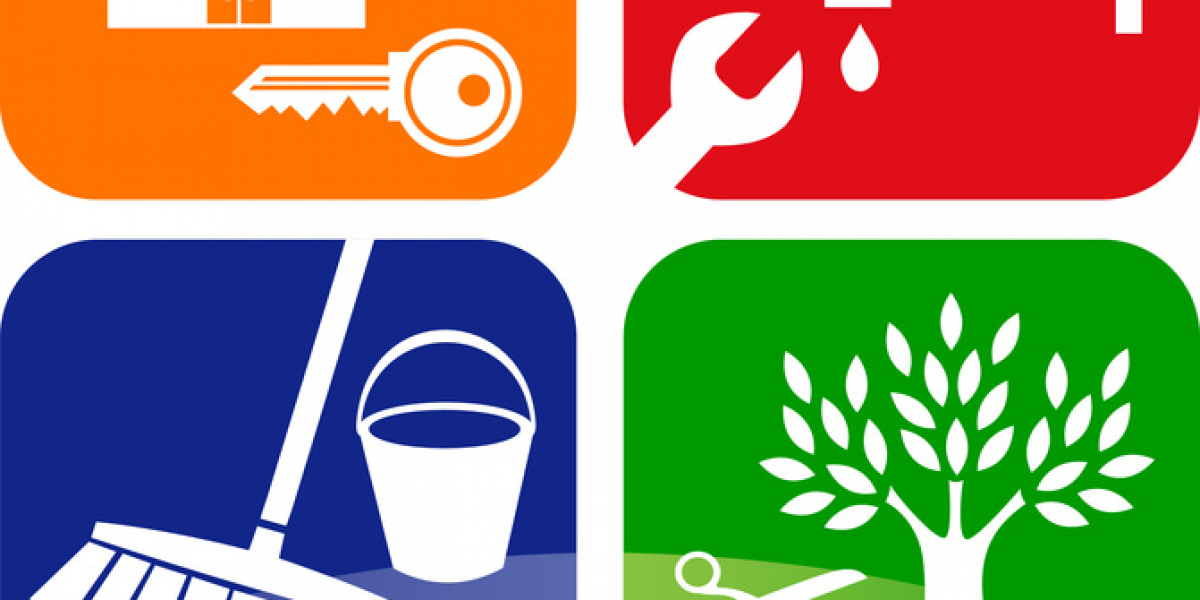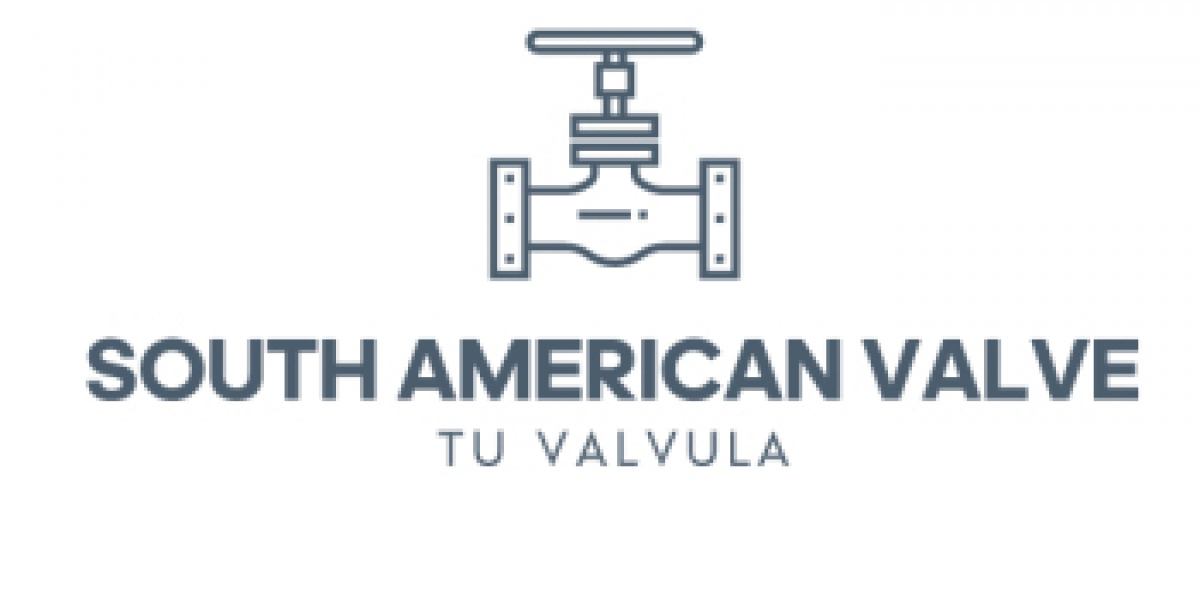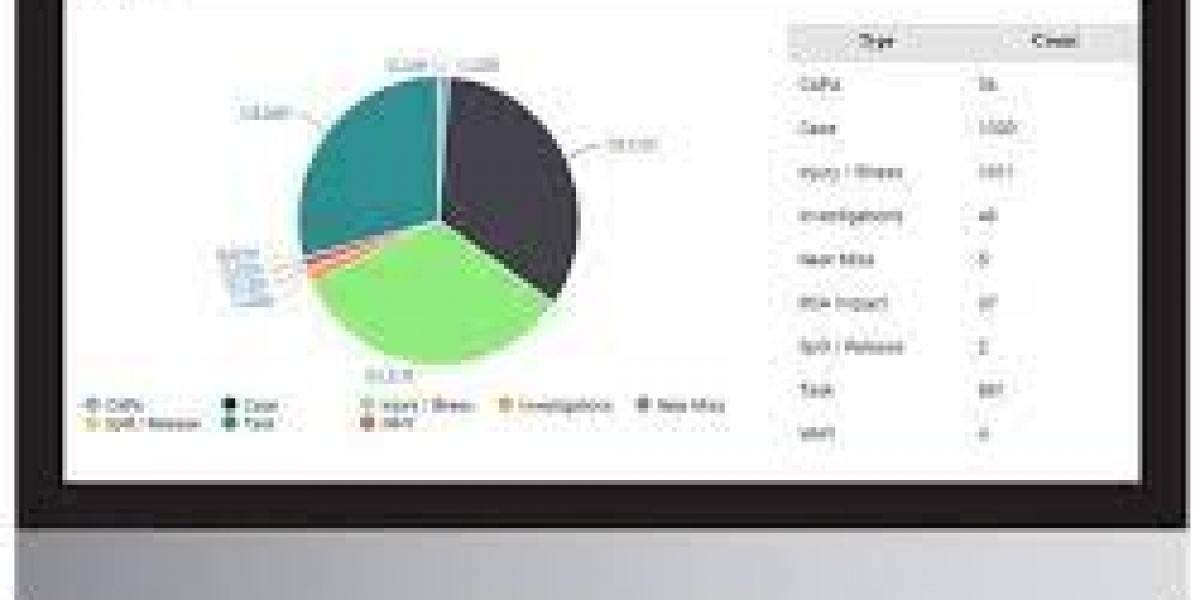In today’s fast-paced business world, the importance of effective facility management has never been greater. Organizations are increasingly recognizing the need for streamlined operations, optimized resource management, and enhanced employee productivity. Enter facility management applications—software solutions designed to simplify and automate the diverse aspects of managing commercial, residential, and industrial spaces.
This article dives into the industry requirements driving the development of facility management applications, the latest trends shaping the landscape, and the most recent news impacting the industry.
Get Started in Minutes — No Coding Required! | https://axonator.com/request-for-demo/
Industry Requirements for Facility Management Applications
To meet the growing complexity of modern workspaces, facility management applications must address several core requirements:
Comprehensive Asset Management: Facilities managers need tools that provide real-time tracking of assets, including equipment, furniture, and building systems. This functionality helps reduce downtime, extend asset life, and ensure compliance with regulatory standards.
Space Optimization and Utilization: With the rise of hybrid work environments and flexible office spaces, optimizing how space is used is critical. Facility management applications need to offer detailed space utilization analytics, allowing organizations to maximize efficiency and minimize wasted resources.
Work Order and Maintenance Management: The ability to create, assign, and track work orders for facility repairs and maintenance is essential. Modern facility management applications streamline this process by automating scheduling, assigning tasks to the right personnel, and tracking progress in real time.
Sustainability and Energy Efficiency: As businesses become more eco-conscious, they require facility management tools that help monitor energy consumption and reduce carbon footprints. Features like automated lighting controls, HVAC system optimization, and water usage monitoring are becoming industry staples.
Regulatory Compliance: Facility managers must navigate a complex web of health, safety, and environmental regulations. Compliance modules in facility management applications help organizations stay up to date with local, national, and international standards, ensuring that inspections, certifications, and legal obligations are met.
Mobile Accessibility and IoT Integration: Modern facility management systems must provide mobile-friendly platforms, enabling managers and technicians to access data on the go. Integration with the Internet of Things (IoT) is also essential for real-time monitoring and predictive maintenance.
Current Trends Shaping Facility Management Applications
The facility management software market is evolving rapidly, driven by technological advancements and shifting business needs. Here are some of the most prominent trends shaping the industry:
AI and Predictive Analytics: Artificial intelligence (AI) is transforming facility management applications by enabling predictive maintenance. AI-powered systems can analyze data from IoT sensors to predict when equipment is likely to fail, allowing managers to schedule preventive maintenance and avoid costly downtime.
Cloud-Based Solutions: Cloud technology is becoming a cornerstone of modern facility management applications, allowing organizations to store and access data remotely. Cloud solutions offer scalability, flexibility, and easier integration with other business tools, such as enterprise resource planning (ERP) systems.
Data-Driven Decision Making: Facility management applications are increasingly leveraging big data and advanced analytics to help organizations make informed decisions. From energy usage reports to space utilization metrics, these insights enable companies to optimize operations and reduce costs.
Focus on Sustainability: There is a growing emphasis on eco-friendly facility management practices. Green building certifications such as LEED (Leadership in Energy and Environmental Design) and WELL are pushing businesses to adopt sustainable strategies. Facility management applications now offer modules specifically designed to track sustainability metrics and help businesses achieve these certifications.
User-Centric Design: As more employees interact with facility management applications, user experience (UX) has become a top priority. The focus is now on creating intuitive, user-friendly interfaces that require minimal training and improve productivity.
Smart Building Integration: Facility management applications are increasingly integrated with smart building technologies. These systems automate various building operations, including lighting, HVAC, and security systems, offering facility managers unprecedented control and oversight of their environments.
Learn More | https://axonator.com/facility-management-application/
Latest News in Facility Management Applications
The facility management industry has witnessed several significant developments in recent months:
Growth in the IoT and Smart Facility Market: As IoT technologies become more affordable and widely adopted, facility management applications are evolving to take full advantage of this trend. Recent reports predict that the global smart facility management market will grow significantly over the next decade, with a strong focus on real-time data collection and automation.
Sustainability Initiatives Take Center Stage: Several high-profile businesses have recently announced ambitious sustainability goals that rely heavily on facility management technologies. For example, tech giants like Google and Amazon are using advanced facility management applications to monitor and reduce their carbon footprints, setting a precedent for others to follow.
Mergers and Acquisitions: The facility management software market has seen a wave of mergers and acquisitions. Companies are consolidating their offerings to provide more comprehensive solutions. For instance, recent deals involving major players like IBM and Accruent highlight the industry’s shift toward unified, all-in-one platforms that offer everything from asset management to energy monitoring.
Post-Pandemic Workplace Trends: In response to the COVID-19 pandemic, facility management applications have been adapted to include features like occupancy monitoring, touchless entry systems, and enhanced sanitation protocols. These features are expected to remain relevant as organizations continue to prioritize employee health and safety.
About Axonator Inc:
At Axonator, Our vision is simple yet powerful: to enable the world on mobile. We envision a future where every aspect of business and society is seamlessly connected through mobile devices. Our mission is to empower businesses worldwide to leverage the full potential of mobile technology, transforming the way they operate, communicate, and collaborate.
Contact:
Axonator Inc (The World On Mobile)
Austin, TX, USA
USA: +1–716–274–8885
India: +91–8600–032–635
Email: support@axonator.com
Website: https://axonator.com/









